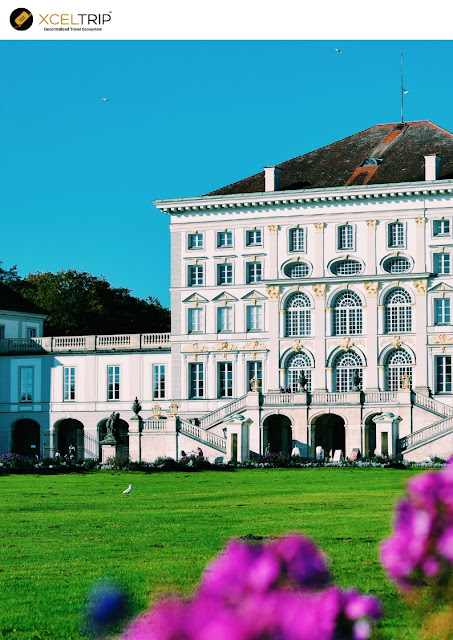Book your hotel and flights using Bitcoin to arrange your travel to Romanian Athenaeum
Possibly the
finest building in the city, the Romanian Athenaeum,
with its sublime baroque cupola, stands proudly at the flux of the city's
busiest public square, competing with the Athenee Palace Hilton hotel, the
Royal Palace and the old national library for attention. The work of French
architect Albert Galleron, who also designed the National Bank of Romania, the
building was inaugurated on February 26, 1888, and was built almost entirely
with money donated by ordinary citizens of the capital, when a campaign called
'Give a penny for the Atheneum' rescued the project from folly after the
original patrons ran out of funds.
Today the seat of
the Romanian Philharmonic George Enescu, the auditorium can seat 800 spectators
comfortably, and is renowned worldwide for its outstanding acoustics. The Romanian
Athenaeum, dubbed the Romanian temple of arts, is an architectural
jewel the uniqueness and merits of which have been acknowledged by the fact the
building was classified a historical monument in 2004 and part of the European
patrimony in 2007. Located on the Victory Avenue, the Romanian Athenaeum is a
tourist sight the importance of which does not come down exclusively to its
being one of the most eye-catching architectural marvels of the capital, but
also to the fact it is home to one of the oldest and most important cultural
institutions in Bucharest, a major contributor to the artistic scene of
Bucharest: the George Enescu Philharmonic Orchestra. The Romanian Athenaeum was
built between 1886 and 1888, designed to accommodate the specific activities
carried out by the back then called the Romanian Philharmonic Society (an
institution founded in 1868).
The chief
architect was a Frenchmen, Albert Galleron, who designed the building by
following the useful guidelines provided by a team of Romanian architects. The
circular shape of the structure is owed to the already laid out foundations
but, instead of being a drawback, this feature ensures the originality and
singularity of the edifice. The façade is guarded, so to say, by 6 monumental
12 meters high columns, and the entire structure is overtopped by a monumental
dome which rises to 41 meters above the ground level. Five medallions, each of
them rendering the figure of a historical prince of the Romanian
Principalities, decorate the peristyle.
The inside of the
athenaeum has a capacity of almost 800 seats, and its highlights refer to the
12 Carrara marble hallway columns and to the four monumental Gothic stairs
which make the connection between sundry sections of the venue. The Great
Fresco, which covers the entire dome, was painted by Costin Petrescu, and given
its size (amounting to 75 square meters), it was completed in no less than 5
years (1933 to 1938). The fresco consists of 25 sequences, each of them
describing a certain significant episode of the history of the Romanian people.
Another highlight of the interior refers to the organ built at the initiative
and with the support of George Enescu himself.
The Romanian
Athenaeum used to accommodate in the course of history a wide range of
cultural activities, but lately, the athenaeum was the launching and
affirmation platform for countless figures who have contributed to the history
of the Romanian music, and it was included in the concert tours of numerous
international artists. At present, the Romanian Athenaeum is one of the chief
venues involved in organizing the celebrated George Enescu International
Festival. It is, furthermore, opened to tourist visits.
Use XcelTrip platform for your next
trip to Romania. Check-in at over 800,000 hotels and book tickets with over 400
airlines at XcelTrip, download XcelPay Wallet- a merchant POS and digital payment
wallet through which you can now recharge your phones with 900 different
carrier services and in 160 countries, with cryptocurrency.




Comments
Post a Comment